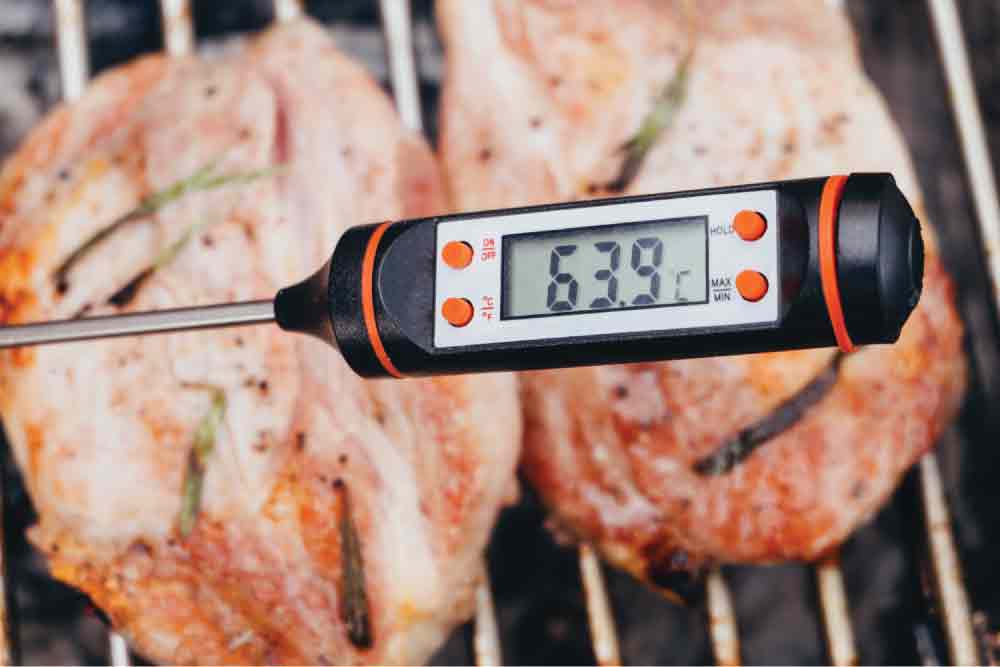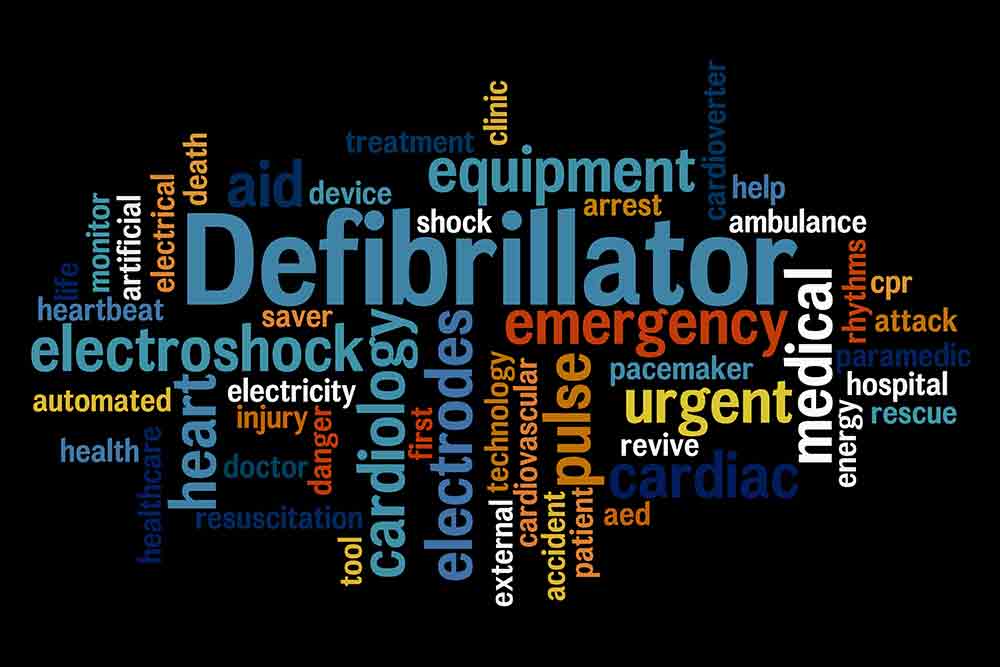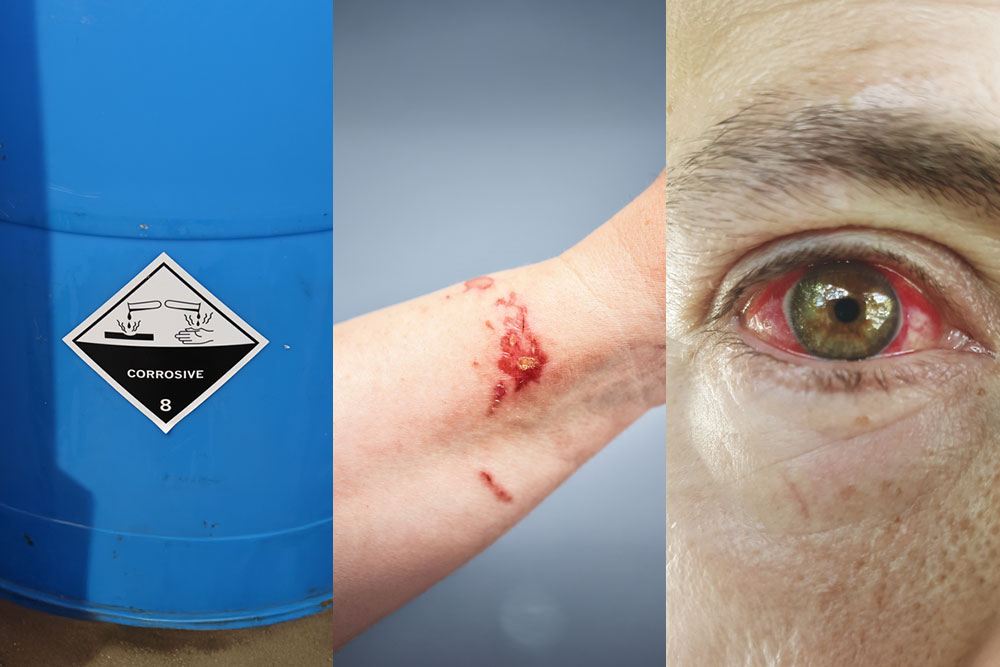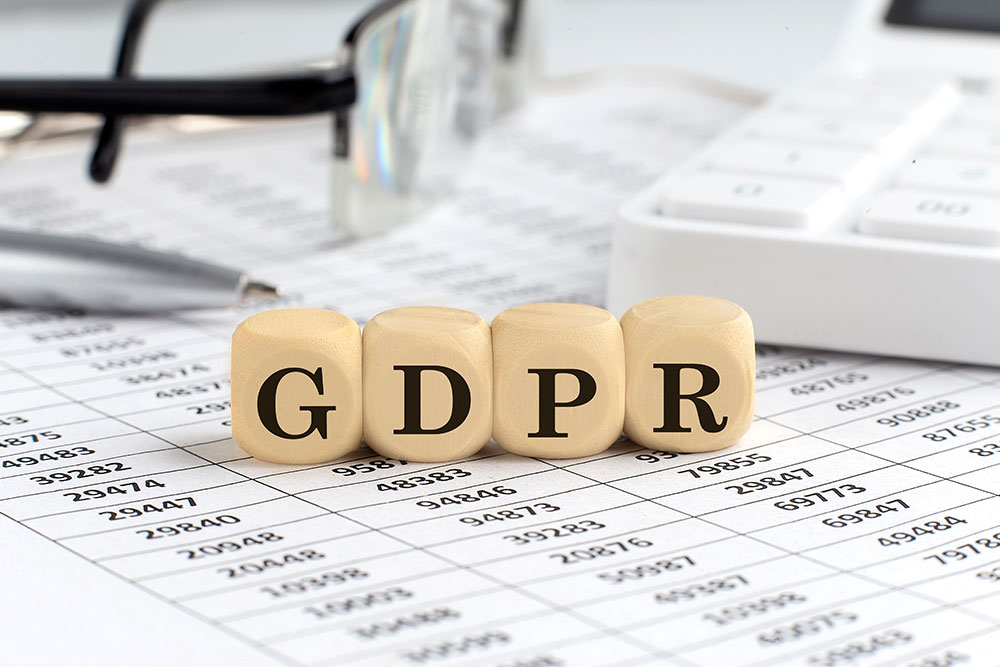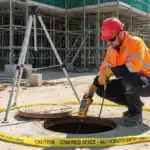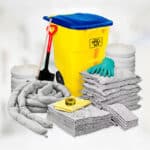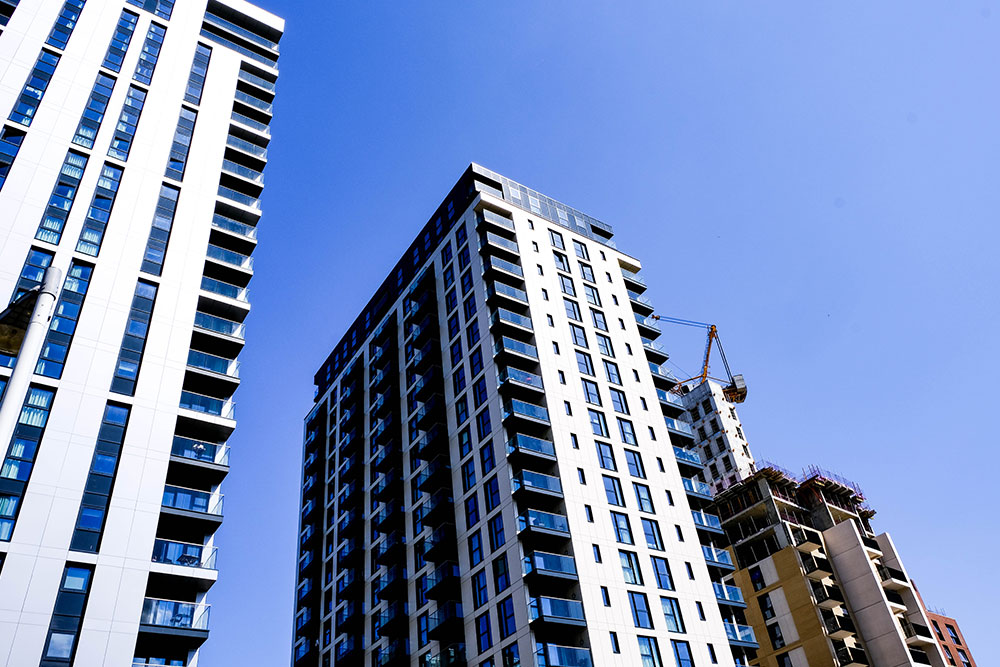
The Grenfell tragedy revealed how vulnerable residents of tall buildings in England are. In response, the government was forced to review and amend regulations for high-rise building safety. But most reforms have been invisible to the residents they’re designed to protect, leaving many still in the dark.
Now, the Building Safety Regulator (BSR) is working to overcome this problem with its new campaign, Your Home, Your Safety.
If you’re responsible for building safety, it’s essential that you understand the campaign’s aims and information. It outlines high-rise residents’ updated rights and responsibilities as well as recourses for those who feel unsafe or unheard. If your residents think you’re not meeting the BSR’s new standards, they can complain directly to the regulator.
Our guide summarises the campaign’s main points, so you know what your residents expect. You can also support the BSR’s aim of giving people living in high-rise buildings a sense of security.
Higher-Risk Buildings
Tall buildings in England are defined as higher risk if they:
- Are at least 18 metres in height or at least 7 storeys (floors) tall
- Contain at least 2 residential units
Buildings that fulfil these requirements are subject to the Building Safety Act 2022 (BSA). You’ve likely spent the past year complying with the BSA and preparing your building’s safety case. The Building Safety Regulator now wants residents to understand what you’ve achieved.
Your Home, Your Safety targets residents of higher-risk buildings (HRB). The Building Safety Regulator wants these residents to understand how new laws introduced by the BSA make them safer in their homes.
Who is Responsible for Resident Safety
The BSR wants residents to know who they can contact regarding safety concerns. This individual should be the principal accountable person (PAP), ultimately responsible for safety within an HRB.
The PAP can be a person, such as a building owner, or an organisation, such as a building management company. When an organisation takes on the role, a representative should be a primary contact for the BSR and building residents.
The principal accountable person holds final accountability for managing structural and fire risks and must complete many duties to do this. The most critical PAP duties are to:
- Manage building safety risks using appropriate control measures
- Maintain records related to building safety
- Follow a resident engagement strategy and keep residents informed on safety matters
Residents will contact you with building safety concerns if you are the PAP or the primary point of contact. You also need to communicate with residents about what’s been done to manage risks.
Managing risks in tall buildings in England can be complicated and involve multiple ongoing or repeating tasks. You need to summarise this information clearly and in different languages if necessary for residents.
Building Safety Act Training
Our Building Safety Act Training programme gives an overview of the Act, including key roles, compliance requirements and updated safety standards in building design, construction and maintenance.
Building Registration
You should also register your building with the BSR if it qualifies as a higher risk.
Registration was a new requirement brought into force with the Building Safety Act. The deadline for registration was October 2023 and the BSR now maintains a database of all HRBs in England.
You (and your residents) can check if your building is in that database here.
Your Home, Your Safety Campaign
In the years since Grenfell, the government has worked to improve high-rise building safety. However, progress has been slow (thanks partly to the COVID-19 pandemic) and is mainly immaterial to the average resident. As a result, many have been frustrated for over 5 years, feeling as if nothing has been done to prevent another tragedy.
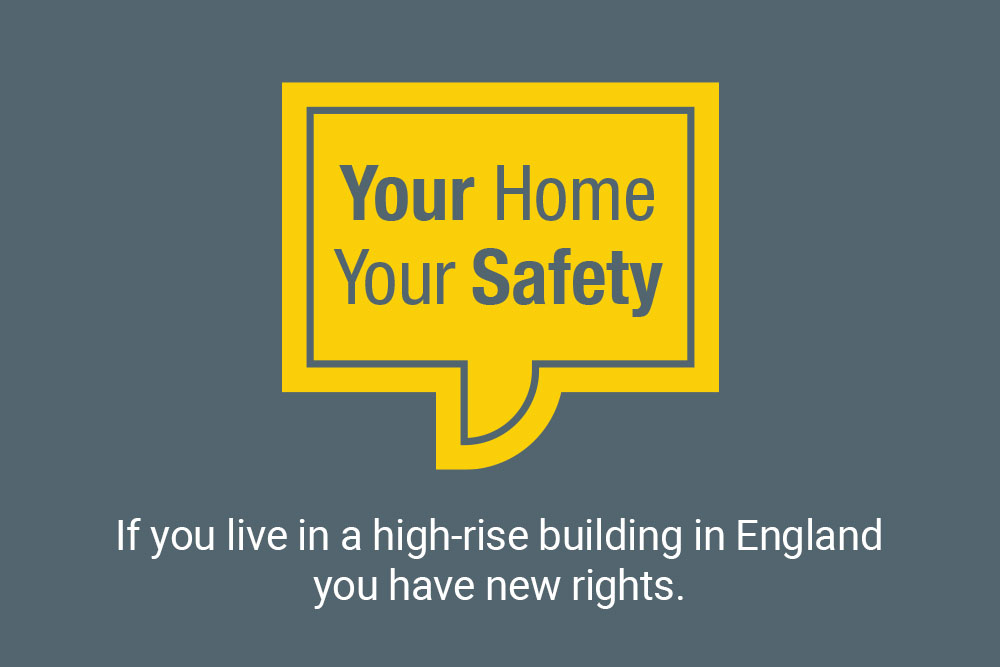
The BSR wants Your Home, Your Safety to change this perception. The campaign is designed to inform residents of the building safety laws introduced after Grenfell. These laws extend residents’ rights and ask them to participate in building safety.
Residents’ Rights
The BSR has made resident engagement central to its high-rise safety strategy (and a crucial part of its awareness campaign). You must now tell residents:
- Who is responsible for building safety
- How structural collapse and fire risks are being managed in their building
- What residents can do to help manage these risks
You must also establish procedures for listening to and resolving residents’ complaints in a way that reassures them. A warning to building owners failing on safety: the BSR can intervene if residents’ complaints go unresolved and you may face legal action.
It’s hoped that residents in tall buildings in England will feel safer in their homes and be encouraged to speak up, knowing any complaints will eventually be resolved.
However, residents are not only being encouraged to raise concerns. They must also be allowed to discuss any safety issues that affect them. You must consider residents’ opinions before deciding on these safety issues.
Contacting the BSR
Residents can contact the BSR directly if the complaints process fails. They can also go straight to the BSR if they feel structural collapse or fire risks are improperly handled.
Residents’ Responsibilities
Residents of high-rise buildings also have responsibilities. The ‘Your Home, Your Safety’ campaign outlines what they must do to keep their homes safe.
Most duties come down to common sense. But, some are more specific and relate to your relationship with your residents. These pertain to:
- Building fire safety information: Residents should have been provided with this, but any residents who missed it must seek out the information
- Access: Accountable persons must be allowed into homes if access is required to fulfil risk-management duties, such as a fire safety inspection
- Reporting: Any safety issues must be reported to the PAP or building manager
- Avoiding interference: Residents should not remove or interfere with any measures put in place to protect them, such as fire extinguishers, emergency exit signs or sprinklers
- Emergency preparedness: Residents should be aware of any emergency procedures (which should have been communicated by the PAP) and cooperate with them to protect themselves and others
Managing Building Safety
If you are accountable for building safety or assisting the PAP in their duties, you must be competent to fulfil your role.
Competence requires the right combination of knowledge, experience and training. However, developing this mix can be challenging, particularly when building safety involves many duties.
Our online courses cover some of the duties you must fulfil. Provided you have the right experience, they’ll prepare you to carry out critical tasks. Fire Safety Inspection Training is one of these courses. It explains what a compliant fire safety inspection must cover and takes you through the process. You also get access to an inspection e-checklist with the course. It covers essential inspection points and lets you record findings digitally for easy record-keeping.
